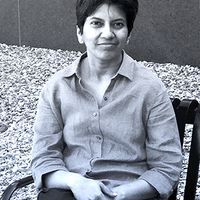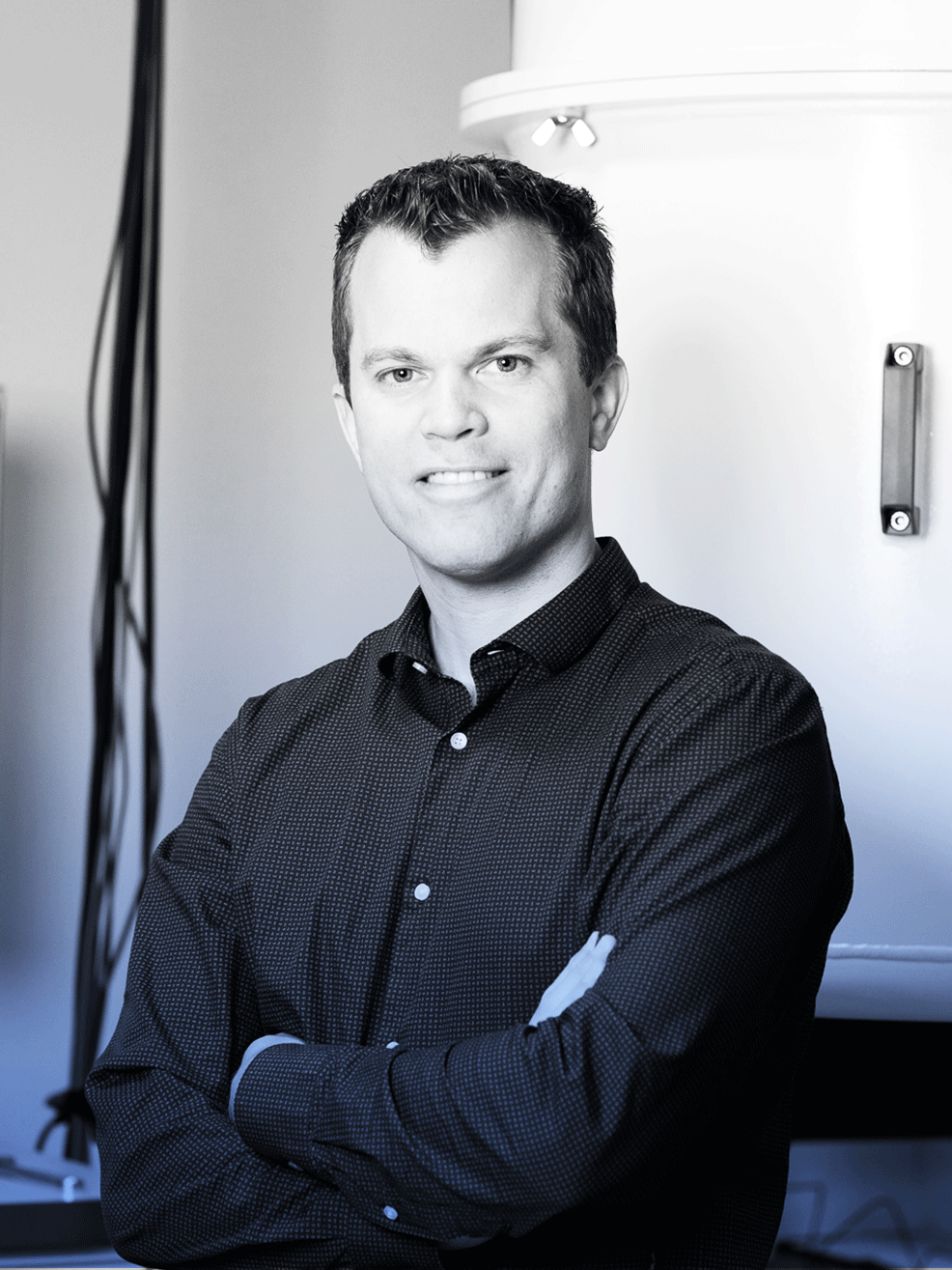Computer & electronics hardware
Menno Veldhorst
He figured out how to make workable quantum circuits on silicon—a feat previously considered impossible.

Europe
Christina Friis Blach Petersen
She combines circadian rhythm research and human-centric solutions to solve sleep deprivation as a result of unhealthy lighting in urban environments

Latin America
Abraham Espinoza
His smart “ears” monitor pig farms to reduce the mortality of piglets by overlying

Global
Archana Kamal
She solved a big problem in quantum computing by shrinking the components.

MENA
Firas Khalifeh
Building the world thinnest, lightest, and strongest smartphone.
